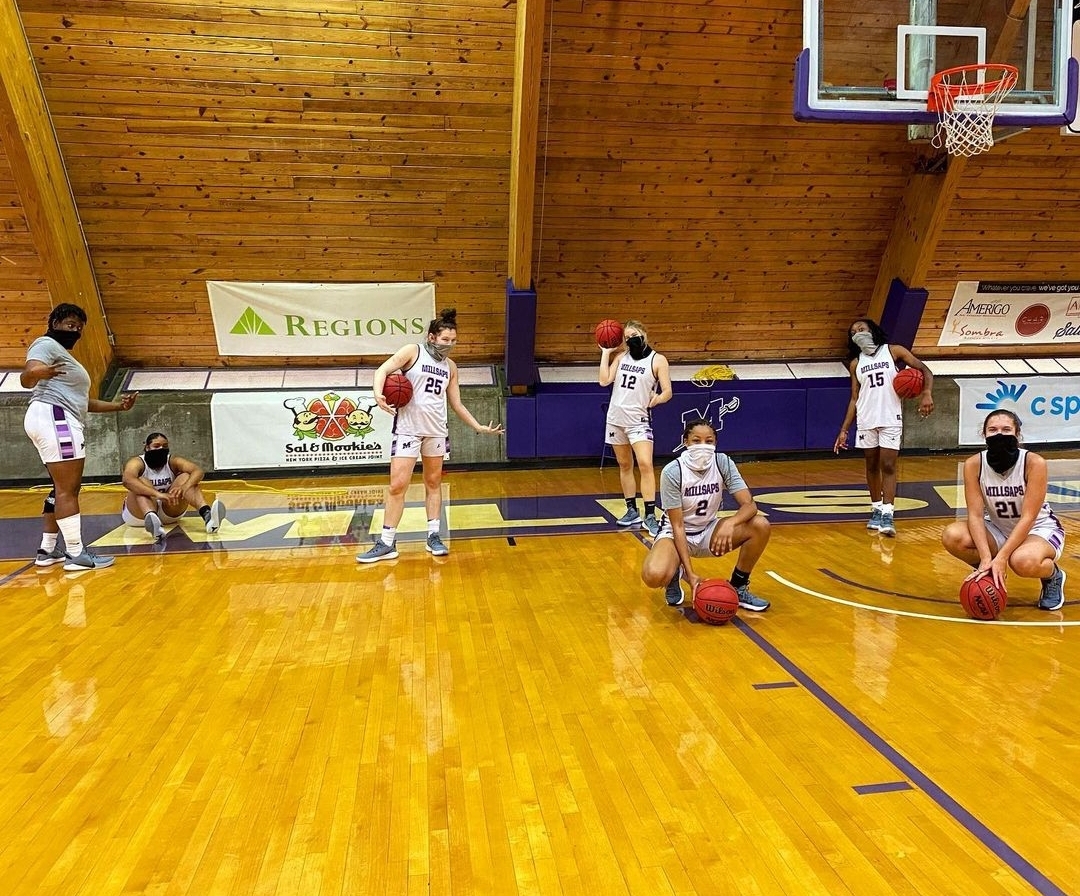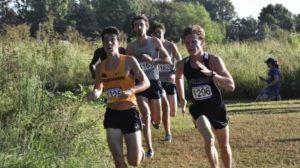Sports are back at Millsaps, and athletes all around campus are glad to be back. The HAC, track, and practice fields are filled with athletes preparing for their games—masked up of course. Masks are not the only change to sports this semester; athletes must adhere to not only Millsaps COVID-19 protocol, but also the Southern Athletic Association’s (SAA) protocol.
The SAA came out with a strict fan policy in January that allowed only students and faculty to attend games; parents, alumni, and family could not attend. On February 9th, the SAA announced a new fan policy, which now permits each athlete to have two family members in attendance.
Fan policy is not the only thing included in the SAA’s guidelines. COVID-19 testing for athletes is without a doubt the biggest part of the protocol. To be able to compete, a negative test is required. Most sports teams, including tennis, soccer, football, baseball, are being tested once a week. During weeks of competition, they test twice a week. However, some sports like basketball are tested even more.
If an athlete tests positive for COVID-19, then the situation becomes a little complicated. First, the athlete has to go into isolation. Then, they are retested to ensure that it was not a false positive. If the assumed positive is confirmed, the athlete remains in isolation for 10 days, beginning from the date of the most recent symptom. Athletes that contract COVID-19 would be able to get back on the field most quickly if they are asymptomatic, because they would then be released from isolation 10 days after testing positive.
The SAA’s protocol also includes a 5 day “ease-in” period. Once an athlete comes out of isolation, they cannot return to a full practice immediately. The athlete will still be eligible for practice their first day back, but they must practice with very low intensity. Each day in the 5-day period, the intensity increases so that by the 6th day, the athlete practices at 100% intensity. Thus, if an athlete tests positive for COVID-19, the earliest they could return to high-intensity practice is after 16 days.
One of the most interesting SAA protocols takes place on the basketball court. Men’s and women’s basketball are “required” to wear masks during play. In theory, this rule makes sense. However, during play the player is allowed pull their mask down. As soon as there is a stoppage in play, or the player takes a seat, they must pull their mask up. Everyone on the basketball court is COVID-19 tested twice a week, the mask rules are going too far considering they aren’t even enforceable. The “chin diapers” almost gives a worse look than no mask-wearing at all.
Basketball is not the only sport with shaky mask-wearing rules. Football does not have to wear a mask during play, but they do have to on the benches. Although this makes a little more sense because there is no need for “chin-diapers,” how effective can the mask-wearing be if it is only lightly enforced?
Not only is mask-wearing ineffective on the field, but also in practices. Even if athletes wore masks the entire duration, the purpose would be defeated afterwards. Almost every team on the Millsaps campus eats in the cafeteria together after practice—with no mask. Not to mention, athletes on the same team typically spend time together on and off campus. Of course, the safety of athletes is one of the SAA’s priorities, but the policies on mask-wearing have many cracks. It seems that some of the policies are made just to be able to say that something is being done, rather than effective and enforceable COVID-19 management.

